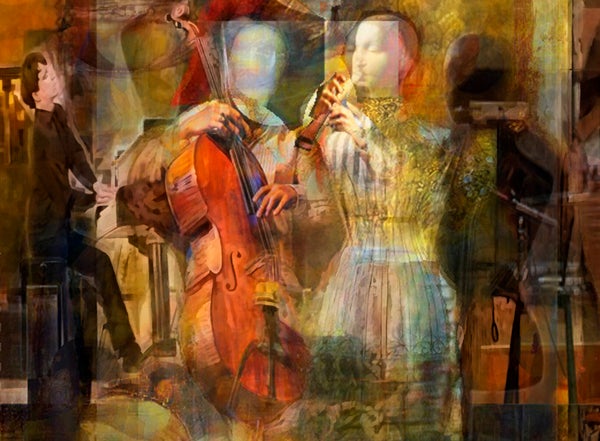This article was published in Scientific American’s former blog network and reflects the views of the author, not necessarily those of Scientific American
In the late 1920s, the friends of the French composer and pianist Maurice Ravel (1875-1937) were becoming concerned about the musician’s mental health. Ravel was growing increasingly absent-minded, and his musical scores and letters had started to display uncharacteristic spelling errors. It was during this time period, when Ravel was 53 years old, that he composed his most famous work: Boléro.
With only two main themes, each repeated eight times over 340 bars, Boléro not only became an audience favorite in Ravel’s time, but has sustained great contemporary endurance. Yet, Ravel was not entirely pleased with his creation, and struggled to understand Boléro’s success.
Present-day neurologists have speculated that both Ravel’s forgetfulness, and the overriding repetition in Bolero, were manifestations of frontotemporal dementia, a neurodegenerative disease that may have ultimately caused the composer’s death at the age of 62. If so, the early stages of Ravel’s dementia might have added to his musical genius, rather than detracted from it.
On supporting science journalism
If you're enjoying this article, consider supporting our award-winning journalism by subscribing. By purchasing a subscription you are helping to ensure the future of impactful stories about the discoveries and ideas shaping our world today.
Ravel might have disagreed. “I've written only one masterpiece – Boléro,” he once said to the Swiss composer Arthur Honneger. “Unfortunately, there's no music in it.”
Is the repetition in Boléro extraneous to musicality, as Ravel himself seemed to believe, or an intrinsic part of it? The answer may lie in a new paper, published last week in Psychonomic Bulletin and Review by a team of research psychologists at New York University.
Jess Rowland, Anna Kasdan and David Poeppel conducted a series of experiments to explore whether and how repetition of nonmusical sounds leads to the perception of music. The research built on a previously reported perceptual phenomenon known as the “speech-to-song illusion,” in which the repetition of looped speech fragments results in perceived singing.
Rowland and her colleagues wondered whether the speech-to-song illusion might be a particular example of a wide-ranging phenomenon in which auditory repetition—not just of speech sounds, but of sounds overall—leads to the perception of musical structure. To find out, the team presented volunteers with a variety of repetitive audio clips (in which the repeated fragments ranged from 700 milliseconds to 4 seconds), including both speech and the sound of dripping water. The results showed that the musical illusion occurred for both speech and nonspeech sounds, and that it was stronger for the shorter audio fragments.
Two follow-up studies, conducted with musically trained participants, moreover revealed that repetition affected pitch as well as rhythm, indicating a broad phenomenon that may encompass all sorts of auditory materials. The researchers concluded that the formerly described “speech to song” illusion is a specific instantiation of a more general “repetition-to-music” effect.
Ravel famously considered Boléro’s entwining repetitions as “orchestral tissue without music.” But to our brains, it may be the opposite—repetition might be woven into the very fabric of our melodic experience. If so, it could help explain the Boléroearworm that has been coiling my head since I started writing this post.
